The idea came to us over a plate of mackerel. I was eating with Magnus Temple, the other Firefly managing director, and Simon Dickson, deputy head of documentaries at Channel 4. For some time, the main topic of conversation at Firefly had been: where else could you put the tools of reality TV to make factual TV?
We'd made Going Cold Turkey and Britain's Deadliest Addictions for C4, in which drug addicts beat their habits in a clinic kitted out Big Brother-style with cameras and microphones. We've since rigged abattoirs converted into restaurants for two BBC series of Kill It, Cook It, Eat It and a giant dining hall dressed with sections of the poultry industry for C4's Jamie's Fowl Dinners.
These and other productions, including Eat to Save Your Life and three Gunther von Hagens series, have taught us how to make what C4 started calling “factual theatre” - people having authentic experiences on camera in dramatic situations. It turns out the tools of the reality trade are remarkably useful for making other kinds of telly too.
So what else could we rig? At the time we were wondering that, the C4 documentaries department was wondering how it could unpick the workings of domestic life. That lunch produced the idea for The Family.
And so began a production that has lasted nearly 30 months, made us elated, driven us to the depths of despair, exhausted us, sometimes made us the apple of C4's eye, and sometimes tried its patience.
The search for the family took over a year. We ran a call centre with a 14-strong team on headsets, spoke to thousands of families and spent quality time with hundreds. We'd never have found the right one were it not for producer Fozia Khan.
Along the way came C4's most important contribution: to choose Jonathan Smith as director. He's put his life on hold and has made the films special. Dave Nath also joined Magnus and me as a third and superb exec.
Then one day we met the Hughes family. And fell in love with them. They live in a little cottage near Canterbury. It had to be them. But the logistical considerations were huge.
The first thing was to commandeer the neighbours' (equally compact) cottage and build a gallery-cum-studio-cum-post-production facility in it. We installed 30 screens, a machine control room, an office, audio and visual departments and a logging area, plus facilities to support 40 people working round the clock in two shifts, as well as tight security to prevent unauthorised people seeing any footage. In the Hughes' home we installed 21 cameras and 16 microphones, all cabled back to the cottage next door.
Elsewhere in Canterbury we rented four houses and took over a hotel. Edit and digitising suites were built into what became the team's homes for six months. Two thousand rushes tapes, 2,000 back-ups and 4,000 audiotapes were stored in dining rooms, bedrooms and conservatories until there was barely enough room to move and we had to rent more buildings. All this had to be done without generating too much local interest. It became policy to say we were in IT. No one ever asks a follow-up question when you say that.
Much of the kit was designed or adapted for this project.
The cameras had to be ordered specially from Holland at a higher spec than those used in Big Brother because we couldn't ask the Hughes to live in a super-bright house. They also had to be quieter and less jerky to avoid distracting the family and ensure they behaved naturally. The camera positions were painstakingly worked out so the films would look like documentaries instead of reality shows and the gallery teams, used to reality TV, were retrained. Endless new software was written to adapt the logging system to our needs.
And eventually, on 16 December 2007, after 18 months' work, everything was in place and the Hughes opened their front door and walked around their home - just a few feet from a packed, dark gallery the other side of the wall. It was so eerie to watch them doing their thing on screens so easily and clearly. In those first moments, one of the crew summed it up: “Should we be doing this?” he said.
So should we? Is it OK to film people's private lives with that degree of intimacy, that close-up, that authentically? The answer, for me, is simple: if you're serious about observational documentary-making nowadays, that is exactly what you should be doing.
The Family is a Firefly production for C4. It airs from 17 September at 9pm for eight weeks.
Nick Curwin: My tricks of the trade
Hire dedicated geniuses. We've been saved and inspired not just by the editorial part of the team but also by the logistical, technical and budgetary parts.
Build relationships with suppliers. Firefly always works with regulars. They understand what we're trying to do - and we routinely ignore them when they say it can't be done.
Be careful with that Blackberry. It's too easy to email in the heat of the moment - and I sent a couple I regret.
Buy a vineyard. More wine was consumed by the team during this production than by all of France.
Nick Curwin is joint managing director of Firefly. He was one of three exec producers on The Family.


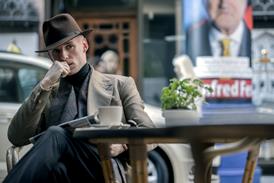




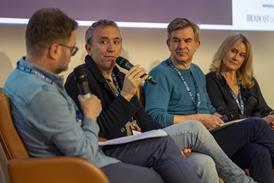
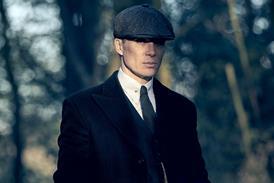
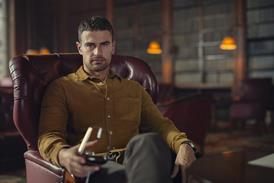

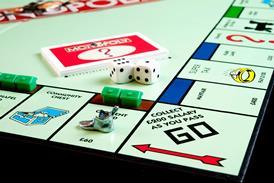
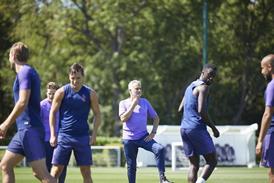
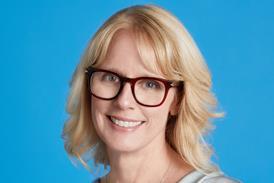
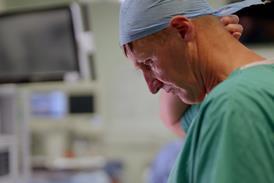
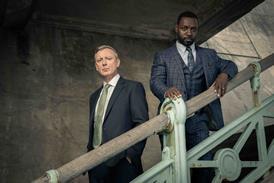
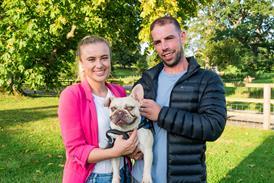












No comments yet